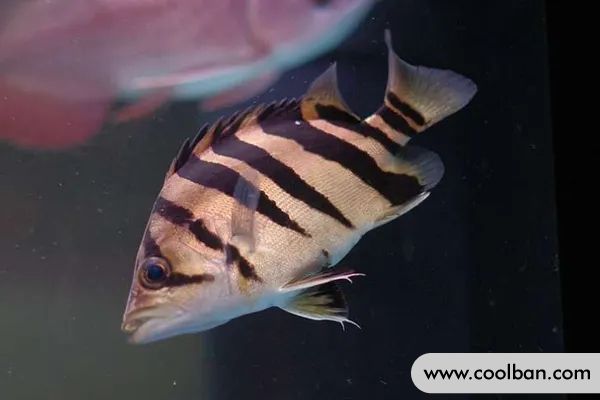How to raise Indonesian tiger fish
The biggest feature of Indonesian goby is that they are nocturnal fish, resting during the day and only beginning to forage and move at night. It is also because the Indonesian tiger fish is a nocturnal animal, so the ornamental quality of the Indonesian tiger fish is relatively poor, and there are not many aquarists. The black stripes of Indonesian gobies are erratic blackening, even to the point where no stripes can be found.
Appearance characteristics of Indonesian goby
Many aquarists find out that they are nocturnal tigers after raising them. It likes to hide during the day and loses its ornamental value. In fact, the body color of the tiger fish is also their protective color, and their black lines can become unstable and black.
Indonesian tigers are slender and have a length-to-height ratio far from that of Thai tigers. Most of the middle stripes in Indonesia are relatively straight from the dorsal fin to the belly, but there are also a few exotic machete Indonesian tigers. The state of Indonesian tigers is mostly unstable and black, which can be easily changed. Indonesia can be so black that you can't find the pattern. The middle pattern of the Indonesian tail is the ring tail (connected). The ink pad has 3 tails, multiple tails and three tails.

Breeding environment of Indonesian tiger fish
The Indonesian tiger fish is a nocturnal tiger, and it is precisely because of this habit that the ornamental value of the Indonesian tiger fish is greatly reduced. In fact, there are some small ways to domesticate the nocturnal habits of the Indonesian goby. As long as the tiger fish is acclimated to the environment at the beginning of feeding, it can change the habits of nocturnal activities.
1. The placement of the fish tank: Because the tiger fish is timid by nature, if you want to be in a good state, don't be frightened often. Therefore, it is best to keep goby tanks farther away from the door.
2. The environment in the tank: Goby is the best match for dragon fish. The environment for raising dragon fish is basically suitable for raising tiger fish. However, if the goby is too small, it may be attacked by the dragon fish, so the best thing is to build a goby nest in a fish tank, ceramic cave, or well-shaped sinking wood.

3. Fish tank lights: White lights are the best, if you use red arowanas, you can also use red lights. But the best light environment is natural light. Putting the tank in a place with plenty of natural light will prevent the goby from being frightened by turning the lights on or off suddenly, and it will help the goby develop a good body color.
4. Polyculture environment: any fish is the same, they like to be the protagonist, so do goby. But the situation is better when the overlord is better than the other fish. So if you want the goby to be in good condition, you can't put all the fish together.
5. Water quality and water temperature environment: Goby likes weakly acidic water quality. It is best not to put coral sand or other alkaline filtering equipment in the goby tank. The water temperature is between 26-32 degrees. The optimum water temperature is 30 degrees Celsius. The state and growth rate of gobies are better at high temperature.
6. Background: The best background for goby is a transparent aquarium, and the natural light is more suitable for goby, followed by blue, white, and yellow.

Feeding points of Indonesian goby
The optimum water temperature for Indonesian tiger fish is 28°C. When raised in captivity, the food intake of Indonesian tiger fish will be better at this temperature. The predation scene of the Indonesian goby is also attractive due to its large mouth.
The Goby is a large, purely carnivorous fish. It likes to eat fresh bait, fish, shrimp, and loach, all of which goby likes very much. After bait training, Indonesian goby can adapt to some artificial feeds, such as beef, mealworms, insects, fish nuggets, hamburgers, etc. If feeding live food, it is recommended to wash and check the feed for contamination in advance.
